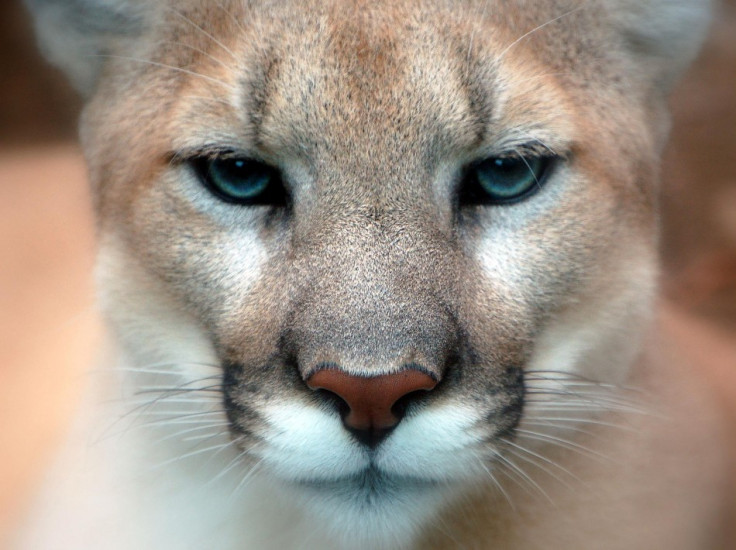Return of the King: American Mountain Lion Population Rebounds While Wolverines Sighted in California
In what must come as fantastic news for wildlife enthusiasts, cougars (mountain lions) have shown a significant increase in population, over the past 20 years, according to a new study. The study documents evidence that American mountain lions are re-appearing in areas of the United States they were believed to be extinct from, overturning the declining trend of the past 100 years.

It transpires that around the beginning of the twentieth century cougar populations in most of its natural habitats declined dramatically because of excessive hunting and human development. However, according to research recorded and published online in the 14 June issue of the Journal of Wildlife Management, cougar populations across the Midwest are rebounding.
"Although cougars (Puma concolor) were extirpated from much of Midwestern North America around 1900, hard evidence of cougar presence has increased and populations have become established in the upper portions of the Midwest during the past 20 years," authors of the study titled Cougars Are Recolonizing The Midwest: Analysis Of Cougar Confirmations During 1990-2008 said. The researchers are hopeful the recurrences of cougars in the Midwest may indicate further increases in the population of mountain lions.
"Recent occurrences of cougars in the Midwest are likely due to dispersal of sub adult cougars into the region from established western populations, and may be indicative of further recolonisation and range expansion," they explained.
The researchers, from the University of Minnesota and Southern Illinois University Carbondale, along with other wildlife research firms, drew their conclusions after collecting cougar carcasses, photos, video and DNA samples from 14 states and provinces of Midwestern North America during 1990-2008.
"We recorded 178 cougar confirmations in the Midwest and the number of confirmations increased during the study period," the researchers said, adding that animal carcasses were the most prevalent confirmation type.
In terms of geographic area, states and provinces, the researchers noted the last two decades saw one cougar being confirmed in each of the states of Kansas, Michigan and Ontario, while approximately 67 were confirmed in Nebraska.
An interesting aspect of the study was that 79 percent of confirmations occurred within 50km of highly suitable habitat - forest areas with steep terrain and low road and human densities.
Meanwhile, in more good news for enthusiasts, recent sightings also confirmed the increase in population of wolverines (Gulo gulo) - carnivorous mammal from the weasel family (although its size and ferocity is more suggestive of a small bear). Within the US wolverines are believed to be found down the Rocky Mountains stretch, from Alaska to California, while their range also extends into Canada.
According to the International Union for Conservation of Nature (IUCN) and their Red List, wolverine population, like that of cougars, reduced drastically in the US through the twentieth century and, like the cougars, the IUCN lists their population trend as "decreasing".
There may be a change in that though, with a report of a wolverine sighting in the Sierras. Amazingly, this is only the fourth wolverine to be caught on camera since 1922; three others were sighted in the Tahoe National Forest in 2008 and 2009.

© Copyright IBTimes 2024. All rights reserved.






